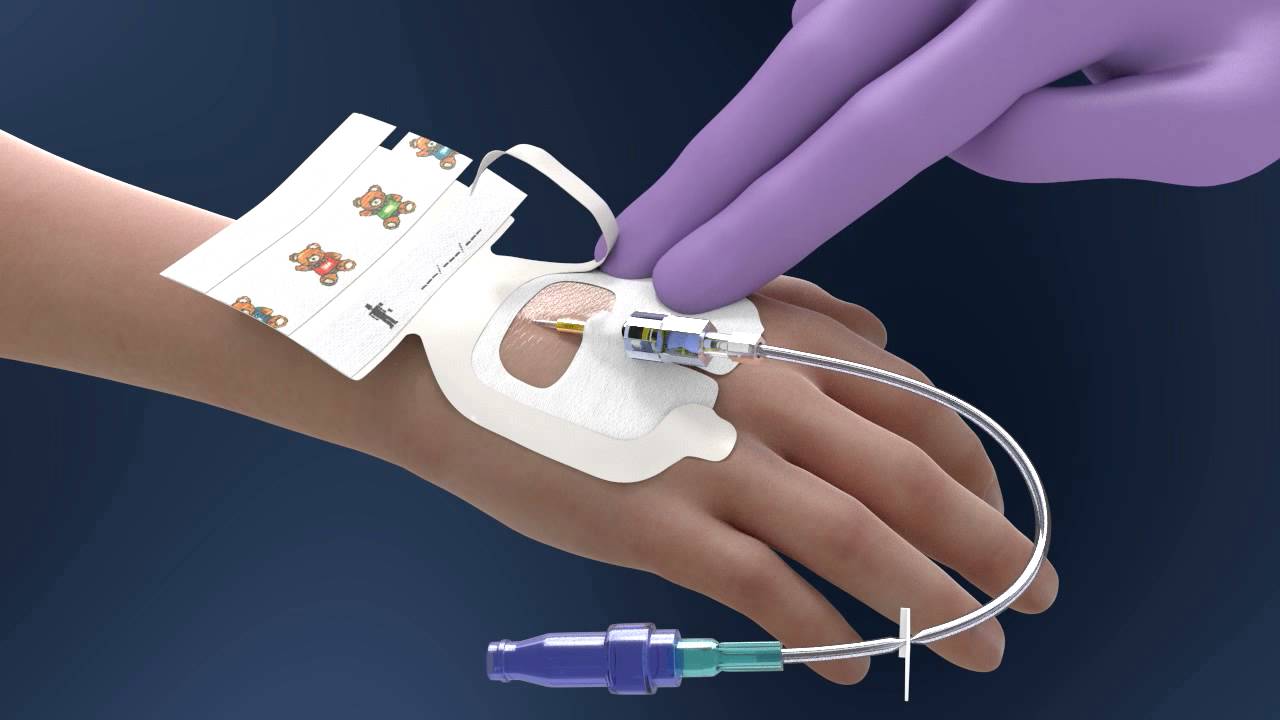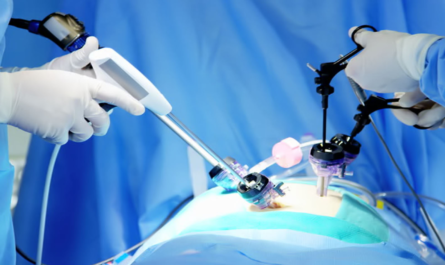Intravenous (IV) therapy is a medical procedure used to deliver liquid substances directly into a patient’s bloodstream. IV dressings play an important role in ensuring the safety and effectiveness of IV therapy by protecting the IV catheter insertion site. This article discusses the basics of IV dressings including types, application method and importance.
Types of IV Dressings
There are various types of IV dressings used depending on factors like location of insertion, IV tubing configuration and expected duration. Some common IV dressing types include:
Transparent Semipermeable Dressings
These clear plastic dressings allow healthcare providers to monitor the insertion site for signs of infection or infiltration without removal. They are waterproof and secure but permeable to moisture vapor. Semipermeable dressings are used for short-term IV access lasting a few days.
Gauze and Tape Dressings
Simple gauze pads secured with medical tape are basic IV dressings suitable for short term sites. They are affordable but need to be changed regularly to check for site issues and re-apply fresh tape. Gauze dressings are preferred for sites with extra drainage.
Impregnated Dressings
These dressings contain antimicrobial agents that help prevent infection at the insertion site. Silver-impregnated dressings are most commonly used as silver has natural antimicrobial properties. They are suitable for long term IV access lasting a week or more.
Transparent Film Dressings
Similar to semipermeable dressings, film dressings are thin and waterproof but allow monitoring without removal. They adhere well to skin but tend to lift more easily with excessive moisture. Film dressings work well for short term IV therapy up to 3-4 days.
Proper Application of IV Dressings
IV dressings should only be applied and secured by trained medical professionals to avoid site contamination and damage to newly placed catheters. The key steps in applying an IV dressing include:
- Select the appropriate IV Dressings type based on insertion site, therapy duration and other factors.
- Clean and dry the skin around the insertion site thoroughly using antiseptic wipes in a circular motion moving outwards.
- Gently wipe any blood or moisture from the site with sterile gauze without touching the catheter hub.
- Remove dressing from packaging without touching the adhesive surface. Apply the dressing smoothly from the center outwards without wrinkles or air pockets trapped underneath.
- Reinforce the edges of transparent dressings with medical tape to improve adhesion and moisture-vapor seal.
- Mark the date and time of dressing application on it for reference during inspections.
Importance of Proper IV Dressing Application
Maintaining a clean, dry and securely covered insertion site is important for preventing infections and ensuring the longevity of IV access. A well-applied IV dressing acts as a moisture-vapor barrier that:
– Reduces risk of external bacterial contamination entering the bloodstream.
– Prevents dislodging of the fragile catheter from the vein.
– Allows early detection of site issues like leakage, inflammation or infiltration under transparent materials.
– Discourages patients from unintentionally interfering with or disconnecting IV lines.
– Waterproofs the site and secures tubing to allow bathing or showering as needed.
Signs of IV Site Infection
Healthcare workers must closely monitor IV sites under dressings for any signs of infection which include:
– Erythema (redness) and swelling around the insertion area
– Purulent discharge or seepage evident under or beyond the dressing edge.
– Tenderness or pain reported by the patient at the site.
– Development of red streaks near or along the vein.
– New onset fever without another identifiable source.
– General feelings of illness and unwell being.
*Note:
1. Source: Coherent Market Insights, Public sources, Desk research
2. We have leveraged AI tools to mine information and compile it




